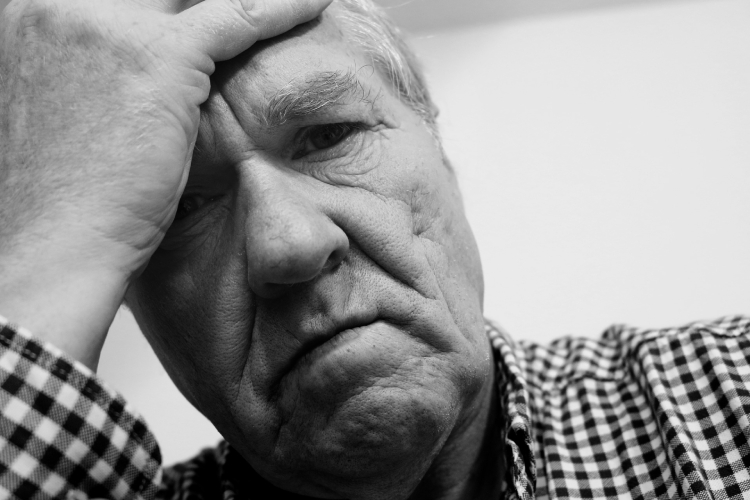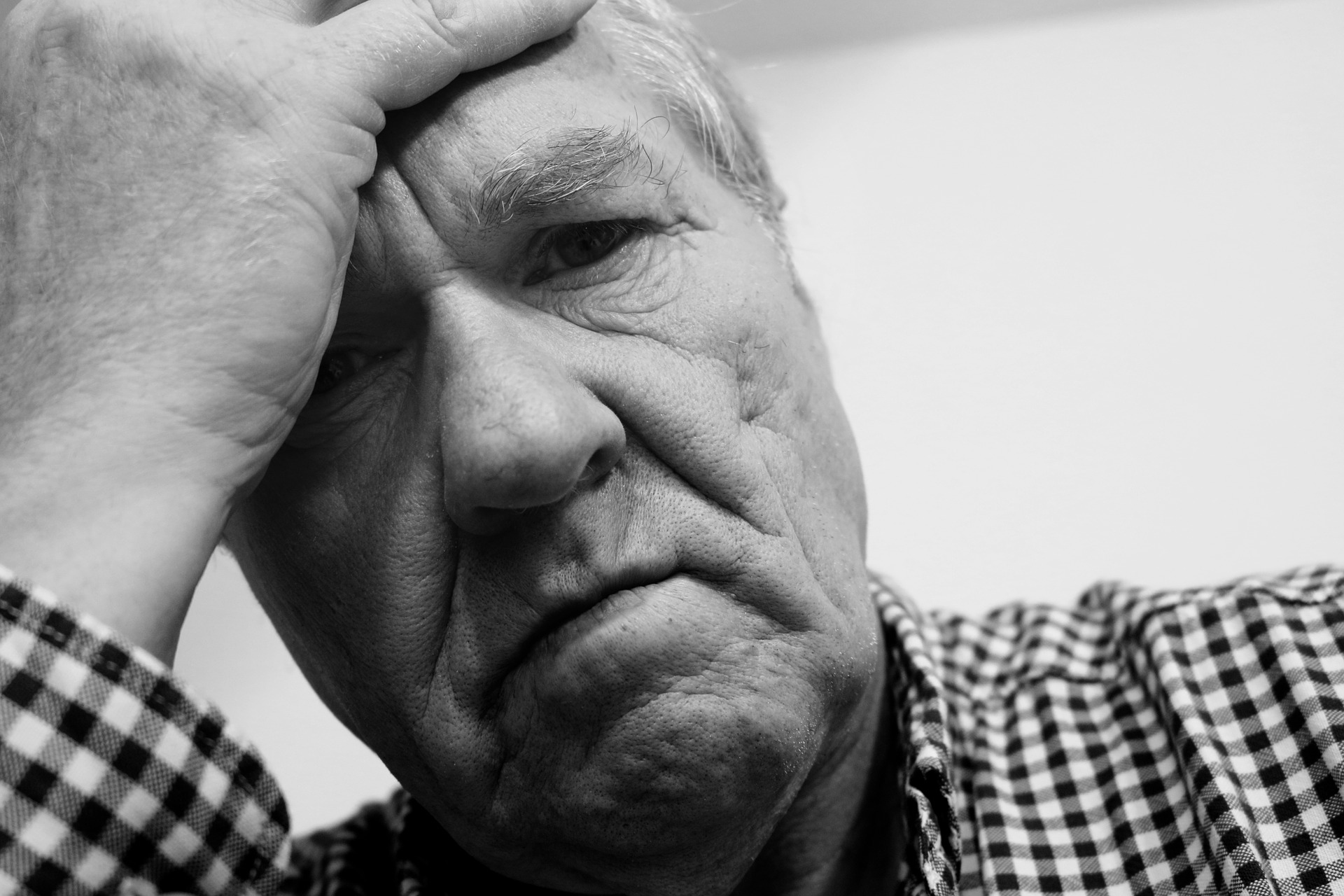
Published March 6, 2017 | Source: http://bit.ly/2n7fx1Z
By Paul Stone, Neurologic Rehabilitation Institute at Brookhaven Hospital
Traumatic brain injury (TBI) is often thought of as a “young person’s injury” because of its links with sports and dangerous activities. But, TBI also happens in homes and on roads – during falls, car crashes, and other accidents. Because of this, the injury is also common among older individuals.
Unfortunately, the majority of TBI research is focused on younger people such as those who recently returned from military deployment or college and high school athletes. This leaves a large gap in an age group that already faces the challenges of a high risk for other health complications in addition to a brain injury.
Due to the risk for other health issues and complications, predicting the recovery chances for older individuals with TBI has proven difficult. But, a team of researchers from Wake Forest University in North Carolina says they have developed a model that accounts for factors like age and severity of brain injury to help medical professionals calculate a patient’s chance of survival and return to independence after TBI.
“This tool may allow us to have an informed conversation with family members of elderly patients with isolated traumatic brain injury. We can tell them the chances of survival and discharge to an independent status based on outcomes in similarly injured patients in this large study population,” wrote lead study author Preston R. Miller, III, MD, FACS, in a press release published on the website of the Journal of the American College of Surgeons ahead of the study’s publication.
“We hope that it will allow us to more easily and more accurately work with families and what they understand of the wishes of their loved ones.”
Individuals over 75 actually make up the second largest age demographic for TBI – the other being young adults between the ages of 15-24. However, the hospitalization rates for the two populations vastly differ.
Among the general population, the rate for hospitalization for those with nonfatal TBI is 60.6 per 100,000. But, among those over 65, the rate more than doubles to 155.9 per 100,000.
To help develop their model, the team of researchers from Wake Forest University evaluated data from 57,888 patients in the National Trauma Data Bank, focusing on those over 50 who had isolated trauma from blunt trauma.
“We wanted to come up with a predictive equation that could be applied early in the patients’ hospitalization with things that were easily available rather than a model that uses a lot of calculations and a lot of going back and digging through patient charts,” Dr. Miller said.
The team then came up with two separate models, and tested them for accuracy. Ultimately, they found the model which accounts for age, gender, and the Glasgow Coma Scale (GCS) to be the most accurate. The GCS determined a patient’s responsiveness based on eye, verbal, and motor skills.
The model was then tested over four years on 894 patients in the Wake Forest institutional trauma registry over a period of four years, showing it was a reliable tool for predicting outcomes.
The team says a tool like this is important to have for both medical professionals and the family of older patients with TBI.
“As clinicians, we see a wide range of desires for the type of care that people want, either for themselves or their loved ones,” Miller said. “It really depends on the person’s and family’s personal views. We, as physicians, want to avoid what we call futile care, but there’s no definition of futile care. We find, more and more, that our patients or their families will sometimes define it for us, and it varies widely. The model can inform these conversations because it can provide a statistical estimation of the patient’s prognosis.”
Now that the team has developed a model which they say is more reliable and accurate than those currently being used, the researchers say they want to make it easily accessible and widely available. Their next goal is to develop an app that would make the predictive model quickly available to anyone with a smartphone.

